Tropical regions are home to many vividly colored organisms, among which the Morpho butterflies (genus Morpho) stand out with their striking metallic blue wings. This genus includes over 65 species, each exhibiting the iconic bright blue color that captures attention. In this article, we explore the meaning behind the blue Morpho butterfly, its distinctive features, habitat, diet, and ecological significance.
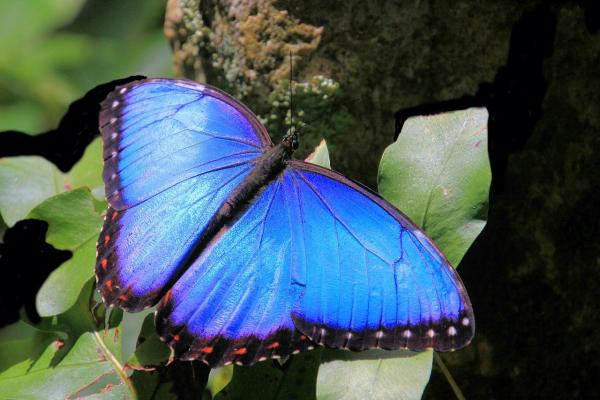
Characteristics of the Blue Morpho Butterfly
Habitat of the Blue Morpho
Diet of the Blue Morpho Butterfly
Reproduction of the Blue Morpho
Threats Facing the Blue Morpho
Ecological Importance of the Blue Morpho
The Blue Morpho is renowned for its large wings with a metallic blue coloration and black edges. The upper wings have small white spots near the tips. Its blue hue is not due to pigment but structural coloration—microscopic scales and light reflection create the shimmering effect, which changes depending on the viewing angle. This iridescence is reflected in the genus name Morpho, meaning “changing” in Latin.
Blue Morphos are relatively large butterflies, with wingspans ranging from 9.5 to 15 centimeters. Males are typically larger than females, demonstrating sexual dimorphism. These butterflies are diurnal and mostly solitary, gathering only during mating seasons.
Though silent, Blue Morphos possess a specialized organ analogous to a tympanic membrane called the Vogel organ, which helps them detect the wing beats of predatory birds.
Larvae of the Blue Morpho produce a strong rancid butter-like odor when threatened and have irritating hairs that act as a defense mechanism. Adult butterflies display camouflage by folding their wings to hide their brilliant blue color and reveal brown undersides patterned with eye spots that deter predators.
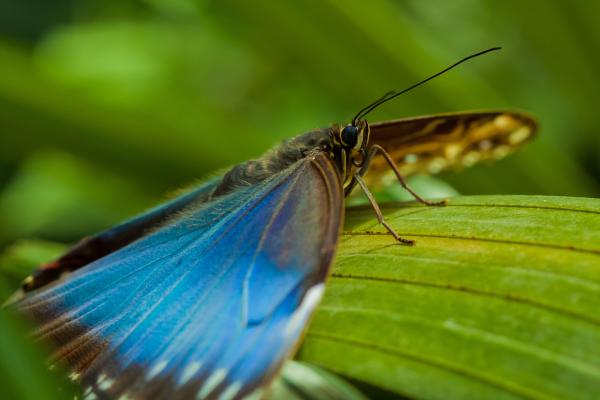
Blue Morphos inhabit tropical rainforests stretching from Mexico through Central America down to South America. They prefer low forest understories and shaded areas and usually venture into open sunlight or canopy only to thermoregulate.
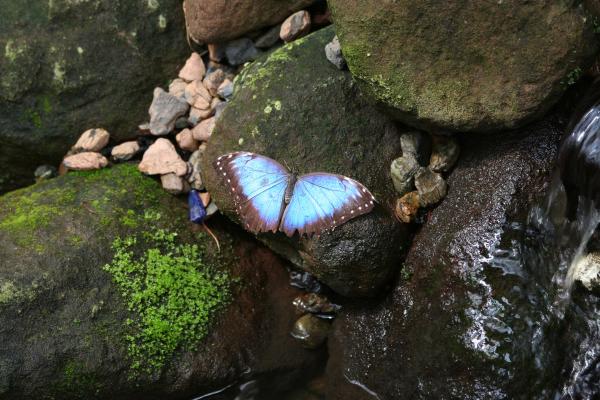
Blue Morphos have a coiled proboscis that acts like a straw for feeding on liquid nutrients. Adults primarily consume rotting fruit juices, while caterpillars feed on a broad range of host plants.
Their feeding behavior plays a vital role in nutrient recycling and soil formation within tropical ecosystems.
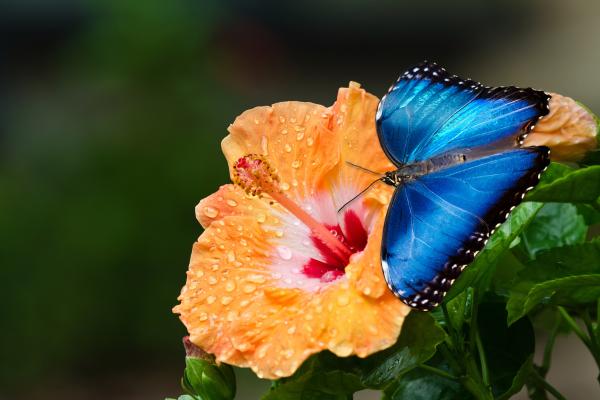
The vibrant blue coloration of male wings is crucial for attracting mates. Blue Morphos reproduce via internal fertilization with the following life stages:
Egg Stage: Lasts 8 to 10 days; eggs measure about 3 millimeters in diameter.
Larval Stage: Lasts 59 to 61 days; larvae grow up to 6 centimeters and feed actively at night. Some larvae exhibit cannibalistic behavior.
Pupal Stage: Lasts 15 to 16 days during which metamorphosis occurs.
Adult Stage: Lifespan ranges from 8 to 10 weeks, during which they mate and lay eggs to complete the cycle.
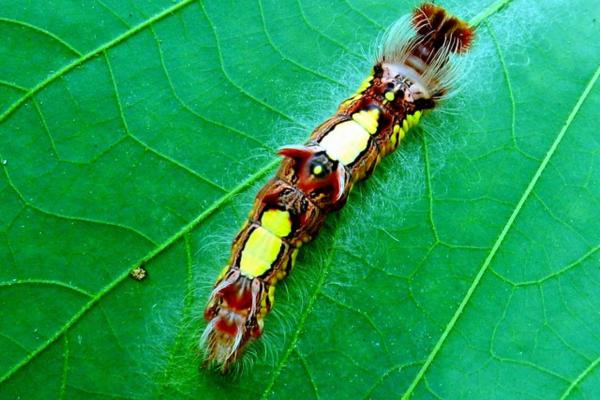
Due to their stunning appearance, Blue Morphos are often collected for displays, jewelry, and art. Larvae are also captured for captive breeding. While not officially listed as endangered, populations are declining due to habitat loss and overcollection, raising conservation concerns.
Blue Morphos contribute significantly to ecosystem functions by aiding organic matter decomposition and soil development. They also occupy an important place in food webs, affecting both their predators and prey populations. Additionally, their abundance serves as a bioindicator, reflecting the health and stability of their habitats.
For further reading on food chains and bioindicators, we recommend exploring related articles available on our site.
Explore more fascinating articles about Morpho butterflies and other wild animals in our dedicated [Wildlife Category].
References
Lane, K. A., Lucas, K. M., & Yack, J. E. (2008). Hearing in a diurnal mute butterfly, Morpho peleides (Papilionoidea, Nymphalidae). Journal of Comparative Neurology, 508(5), 677–686.
References
Beatty, R., Beer, A., & Deeming, C. (2010). The Book of Nature. Great Britain: Dorling Kindersley.
Miguel Ángel, R. Z. (2019). Life cycle and stages of Morpho achilles L. and Agrias hewitsonius beata S., in captivity for ecological restoration purposes. Thesis for the professional degree of Agricultural Sciences Engineer. National University of the Center of Peru.
animal tags: Morpho Butterfly
We created this article in conjunction with AI technology, then made sure it was fact-checked and edited by a Animals Top editor.